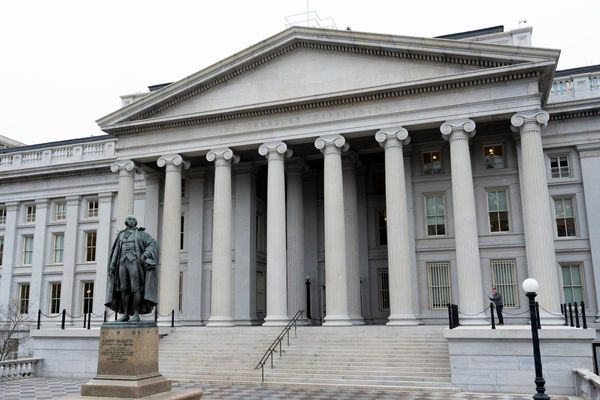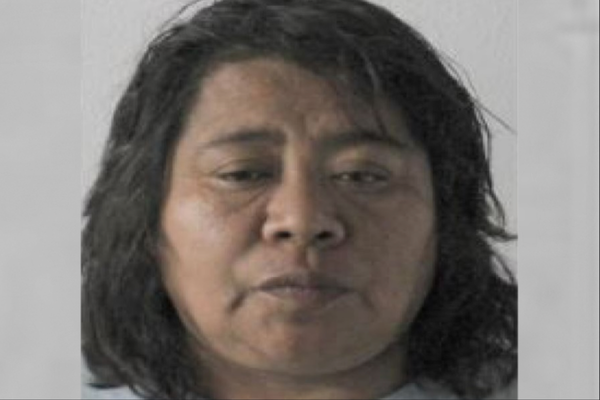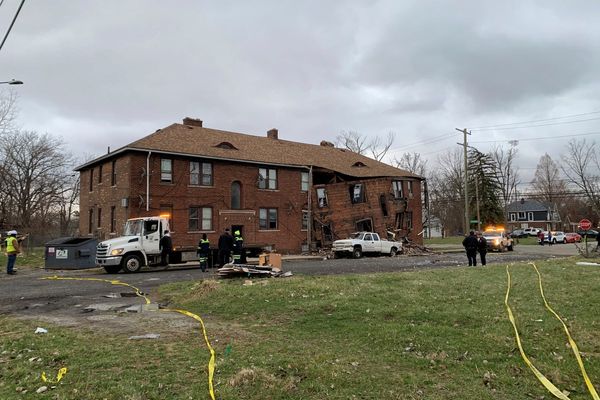
Dave Morthorpe last went to the dentist more than four years ago. He got two teeth extracted and the dentist delivered a grim prognosis. “He said out of all the teeth I do have, I had seven that could be saved with immediate treatment. The rest are either rotted or broken away at the gum line.”
Morthorpe, who lives in the outback town of Katherine in the Northern Territory, had to tell the dentist he could not afford to save those seven teeth. He’d just paid $480 for the 20 minutes it took to extract the two teeth.
At 44, Morthorpe knows he’s “headed for dentures”. And the preparatory work – X-rays, removal of teeth and stumps, and getting fitted for dentures – will be difficult.
Six months after that visit, Morthorpe’s dentist sold his practice and moved to Darwin, a 3.5-hour drive away. That meant no dentist within 300km of Katherine.
After on-and-off closure, requiring a fly in, fly out dentist, the clinic in Katherine has since reopened, but Morthorpe will still struggle to pay a “very large bill” for dentures.
Although he now brushes every night, Morthorpe says “the damage is done” after being “fairly lax” in the past, and leaving it “too long” between preventive visits.
When Morthorpe spoke with the Guardian, he was suffering from a tooth ache and trying to manage on “a pretty steady diet” of pain medication. The last tooth he had extracted began with the same pain. But, unable to afford the dentist, he had to watch “little bits of the tooth just breaking off” as he ate food or brushed.
The city-country dental divide
Morthorpe’s difficulties accessing affordable dental care are common in remote and regional parts of the country.
Data shows only half of Australian adults visited the dentist in the previous 12 months, but the situation is worse outside major cities.
People in regional and remote areas are even less likely to visit a dentist, and cost is pinpointed as a significant barrier.
A 2023 Senate inquiry highlighted the shortage of dentists in rural areas. It found a “disproportionate number” of people were forced to travel more than an hour to access dental care.
According to the National Oral Health Plan 2015–2024 report, 43% of Aboriginal and Torres Strait Islander people live in the regions and 21% in very remote areas. Oral health declines as remoteness increases, it said.
The impact can materialise in multiple ways.
Susi Tegen, the chief executive of the National Rural Health Alliance (NRHA), says dental access is “an enormous issue” in the regions. Of the 7 million people in rural, remote and regional Australia, “one in three don’t even have access [to a dentist] half the time”.
Mobile dentists try to fill the gaps
For communities where no dental services are available the Royal Flying Doctor Service (RFDS) sends in dentists such as Dr George Chen.
In an RFDS mobile dental truck, Chen provides care while moving from town to town, for about two weeks at a time.
In the 11 years the truck system has been operational, the RFDS has gradually expanded its network throughout central Queensland. Each time he visits a new town, Chen braces for a busy day of cavities, fillings and extractions.
In 2024 the truck made a first visit to Wandoan, population 300 people, and five hours from Brisbane. “We were initially supposed to be there for two weeks,” Chen says, but that ballooned to a third week.
Chen is often extracting teeth of young people. “We see a lot of patients with minimal teeth and no teeth at all.” He regularly encounters people in their 30s who need full or partial dentures.
Tegen says the government needs to invest more in training rural dental clinicians.
More funds are needed to help pay for the higher costs of service in rural communities, she says. She points to rural loading benefits for housing that defence workers get in remote areas. “But when [the health sector] asks for it, they’re considered greedy.”
The NRHA estimates a $6.5bn annual underspend in health in rural communities.
Queensland’s chief dental officer, Dr Ben Stute, says his state provides “one of the most extensive public dental services in the country”, working with organisations such as the RFDS to reach small or remote communities.
In the Northern Territory, all children, health and pension care card holders and Aboriginal people are eligible for free public dental services, as are all residents of remote communities eligible for free urgent dental care, a health spokesperson says.
The public dental clinic in Katherine – staffed by a senior dentist, oral health therapists and support staff – remained opened throughout 2023, they said.
Growing up, Morthorpe’s single parent family had access to a low-income healthcare dentist. As an adult, he’s only been able to access the public dental system when he’s been on Centrelink benefits.
Currently, as he and his wife both work to provide for their two children, Morthorpe’s family don’t qualify for the scheme, but they also don’t earn enough to afford private dental.
Morthorpe believes Medicare should offer better dental cover, to help avert situations like his.
“The next time,” he says, “if I do manage to get into a dentist, they’re going to say ‘all of those teeth you do have need to come out, and here’s some plastic teeth for you’. No more steak!”







